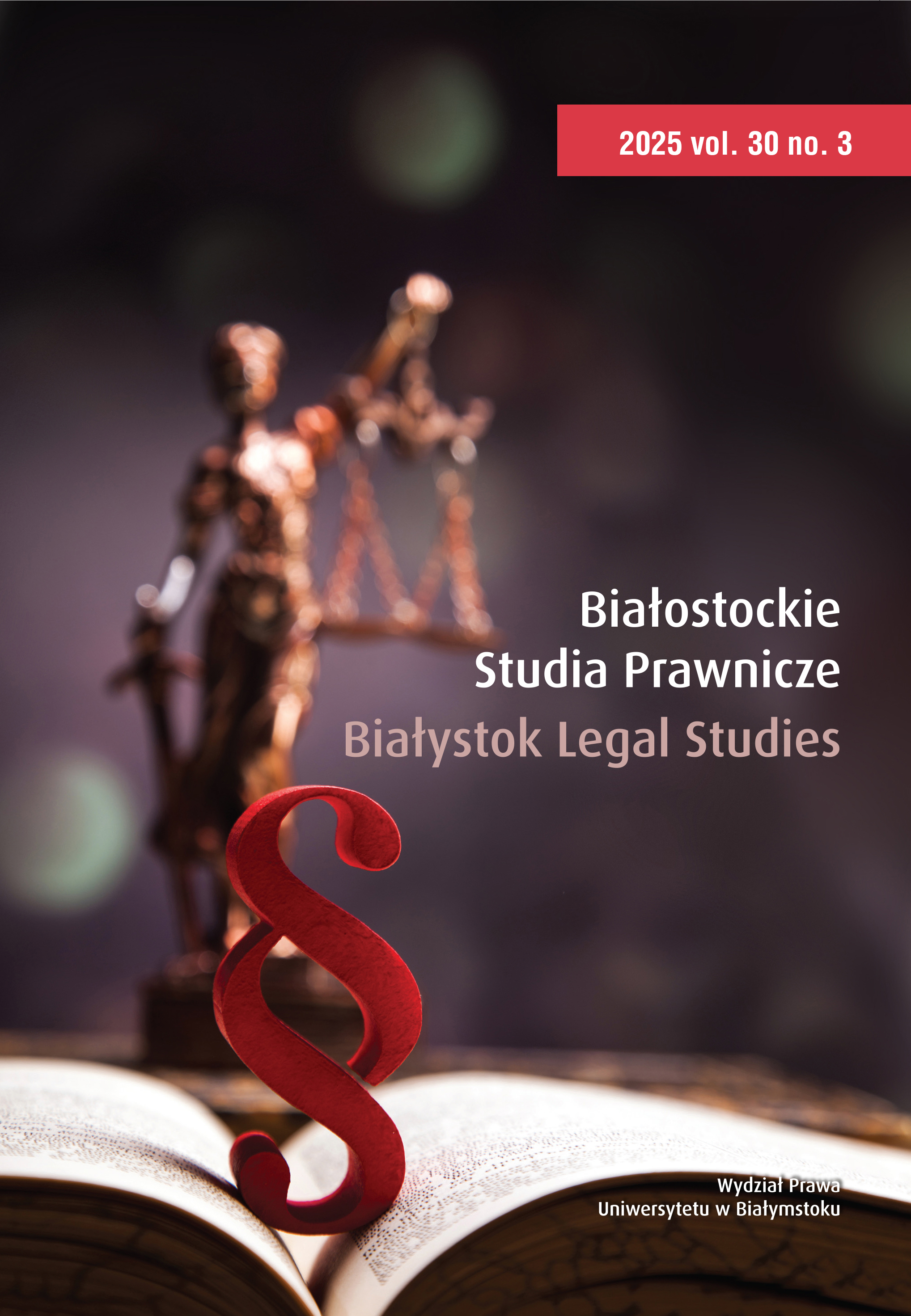Stosowanie Rozporządzenia DLT Pilot Regime w polskim i francuskim porządku prawnym – analiza prawnoporównawcza
Abstrakt
Th is article addresses the issue of applying the DLT Pilot Regime Regulation in the realities of national legal orders. Th e Polish and French legislation is analysed, using the dogmatic and comparative legal methods. Th e main objective of the article is to attempt to answer two questions: fi rstly, whether the scope of application of the DLT Pilot Regime Regulation allows the use of the potential of blockchain technology on the EU fi nancial instruments markets, and secondly, to what extent it is possible to apply the solutions provided for in the DLT Pilot Regime Regulation in the realities of national legal orders. Th e following theses are put forward in the study: fi rstly, the scope of application of the Regulation has been excessively limited and does not allow the use of the full potential of distributed ledger technology on fi nancial markets. Secondly, in the case of the Polish legal system, even the amendments to the legal provisions introduced in connection with the entry into force of the Regulation do not allow the full application of the solutions provided for therein. Solutions that guarantee the possibility of a wider use of tools available on the basis of the DLT Pilot Regime Regulation are provided for in the French legal system. The study shows that these are solutions that could be considered by the Polish legislature.Bibliografia
Audit, M. (2020). Le droit international privé confronté à la blockchain. Revue critique de droit international privé, 4(4), 669‒694.
Autorité des marchés fi nanciers (AMF). (2024). https://www.amf-france.org/en/regulation/policy/doc-2024–07
Autorité des marchés fi nanciers (AMF). (2025, 16 stycznia). https://www.amf-france.org/en/news-publications/depth/pilot-regime
DLKLegal. (2023, 23 marca). Rozporządzenie pilotażowe DLT. https://www.dlklegal.com/wiedza/rozporzadzenie-pilotazowe-dlt-2022/
Europejski Urząd Nadzoru Giełd i Papierów Wartościowych (ESMA). (2023). Wytyczne w sprawie standardowych formularzy, formatów i wzorów wniosków o wydanie zezwolenia na prowadzenie infrastruktury
rynkowej opartej na DLT. https://www.esma.europa.eu/sites/default/fi les/library/ESMA70–460-213_DLTR_GLs_on_application_standard_forms_formats_templates_PL.pdf
Europejski Urząd Nadzoru Giełd i Papierów Wartościowych (ESMA). (2025). DLT Pilot Regime. https://www.esma.europa.eu/esmas-activities/digital-fi nance-and-innovation/dlt-pilot-regime
Hrabčák, L. & Štrkolec, M. (2024). EU Regulation of the Crypto-Assets Market. Białostockie Studia Prawnicze, 29(1), 27–45. https://bsp.uwb.edu.pl/article/view/1005/837
Krajowy Depozyt Papierów Wartościowych. (2023). Blockchain – Projekty badawcze. https://www.kdpw.pl/pl/dlt-blockchain.html
Ledger Insights. (2024, 4 kwietnia). ESMA explains why DLT Pilot Regime hasn’t taken off . https://www.ledgerinsights.com/esma-explains-why-dlt-pilot-regime-hasnt-taken-off /
Lemonnier, M., Mariański, M. & Zięty, J. J. (2011). Ewolucja koncepcji papieru wartościowego w prawie polskim i francuskim. Przegląd Prawa Handlowego, (8), 43‒53.
Manzari, N. & Wagner, Z. (2021). Th e Digital Future for Financial Services. Pin Code, 7(1), 7–10.
Mariański, M. & Lemonnier, M. (2017). Francuska koncepcja tytułu zbywalnego (titre négociable) a regulacje rynków finansowych. [w:] W. Rogowski (red.) Regulacje finansowe. FinTech – nowe instrumenty finansowe – resolution (ss. 181‒191). Wydawnictwo C.H. Beck.
Mariański, M. (2016). Struktura wewnętrzna oraz podstawa funkcjonowania L’Autorité des marchés financiers (AMF) jako organu nadzoru nad rynkiem fi nansowym we Francji. Monitor Prawa Bankowego, (5), 64–74.
Mariański, M. (2023). Uprawnienia i kompetencje francuskiego pomocniczego organu nadzoru nad rynkiem finansowym Autorité de contrôle prudentiel et de résolution. Przegląd Prawa Handlowego, (4), 38–44.
Parlament Europejski i Rada (UE). (2014, 15 maja). Dyrektywa w sprawie rynków instrumentów finansowych (2014/65/UE) (Dz.U. L 173, 12.6.2014).
Parlament Europejski i Rada (UE). (2014, 15 maja). Rozporządzenie w sprawie rynków instrumentów finansowych oraz zmieniające rozporządzenie (EU) nr 648/2012 (600/2014) (Dz.U. L 173, 12.6.2014).
Parlament Europejski i Rada (UE). (2014, 23 lipca). Rozporządzenie w sprawie usprawnienia rozrachunku papierów wartościowych w Unii Europejskiej i w sprawie centralnych depozytów papierów wartościowych (909/2014) (Dz.U. L 257, 28.8.2014).
Parlament Europejski i Rada (UE). (2022, 30 maja). Rozporządzenie w sprawie systemu pilotażowego na potrzeby infrastruktur rynkowych opartych na technologii rozproszonego rejestru, a także zmiany rozporządzeń (UE) nr 600/2014 i (UE) nr 909/2014 oraz dyrektywy 2014/65/UE (2022/858) (Dz.U. L 151, 02.06.2022).
Sejm Rzeczypospolitej Polskiej. (2005). Ustawa z dnia 29 lipca 2005 r. o obrocie instrumentami finansowymi (t.j. z 2024, poz. 722, ze zm.).
Sejm Rzeczypospolitej Polskiej. (2023). Ustawa z dnia 16 sierpnia 2023 r. o zmianie niektórych ustaw w związku z zapewnieniem rozwoju rynku finansowego oraz ochrony inwestorów na tym rynku (Dz.U. 2023, poz. 1723, ze zm.).
Sotiri, E. (2024). A Comparative Analysis of Virtual Assets and Crypto-Assets and the Transition From Vasp to Casp. Pin Code, 20(4), 17–23.
Tomczak, T. (2024). ‘Advantages’ of distributed ledger technology and the DLT Pilot Regime. Przegląd Ustawodawstwa Gospodarczego, (5), 32–39.
Wiewiórkowski, W. R. (2021). Opinion of the European Data Protection Supervisor on the Proposal for a Pilot Regime for Market Infrastructures based on Distributed Ledger Technology (DLT). https://www.kdpw.pl/uploads/attachments/opinia-europejskiego-inspektora-ochrony-danych.pdf
Zgromadzenie Narodowe. (1999). Code monétaire et fi nancier z dnia 16 grudnia 1999 r. (JORF nr 0103 z dnia 2 maja 2025 r.), https://www.legifrance.gouv.fr/codes/texte_lc/LEGITEXT000006072026/



